New Zealand’s South Island stands as a testament to nature’s untamed beauty, offering vast landscapes where silence reigns supreme and human presence fades into insignificance. In a world increasingly defined by connectivity and constant stimulation, these remote havens provide the rare gift of complete isolation.
The island’s diverse geography creates natural barriers that have preserved pockets of wilderness largely untouched by tourism infrastructure and crowds. Here is a list of 20 remarkable locations across New Zealand’s South Island where you can experience true solitude, away from the well-trodden tourist paths and bustling holiday spots.
Doubtful Sound
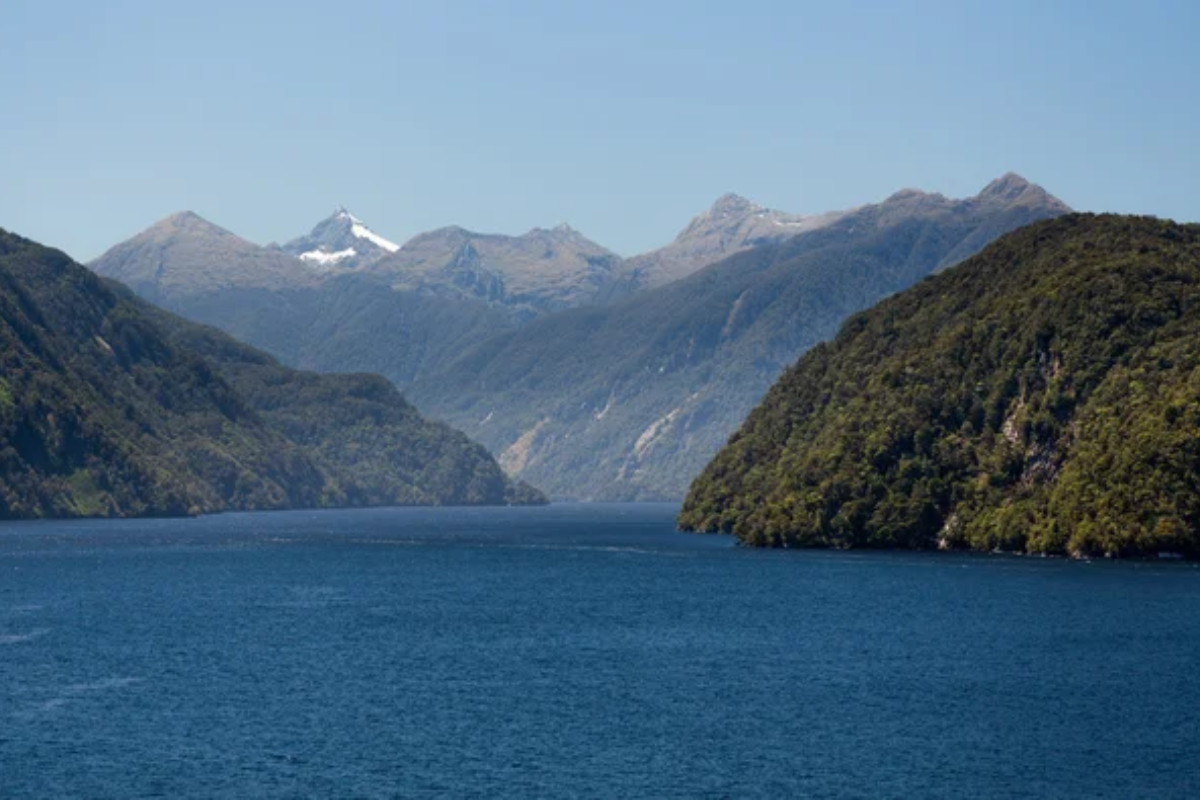
Doubtful Sound may be well-known, but it stays peaceful thanks to its remote location—you can only get there by crossing Lake Manapouri by boat and then taking a bus over Wilmot Pass. This long journey keeps the crowds away, making it feel like a hidden gem compared to its more famous neighbor, Milford Sound.
Once you’re there, the towering cliffs, clear waters, and winding inlets create the perfect setting for hours of quiet kayaking. Most of the time, you won’t see another person—just the occasional pod of dolphins or the haunting calls of native birds echoing through the stillness..
Moke Lake

Situated just 20 minutes from Queenstown, yet worlds away from its bustling energy, Moke Lake sits in a perfect mountain amphitheater. The small Department of Conservation campsite limits numbers, while the surrounding hills create a natural sanctuary where stars reflect perfectly on the still waters after dark.
Hiking the little-known track around the perimeter offers changing perspectives of the landscape with barely another footprint visible.
Like Travel Pug’s content? Follow us on MSN.
Hooker Valley Track Early Morning
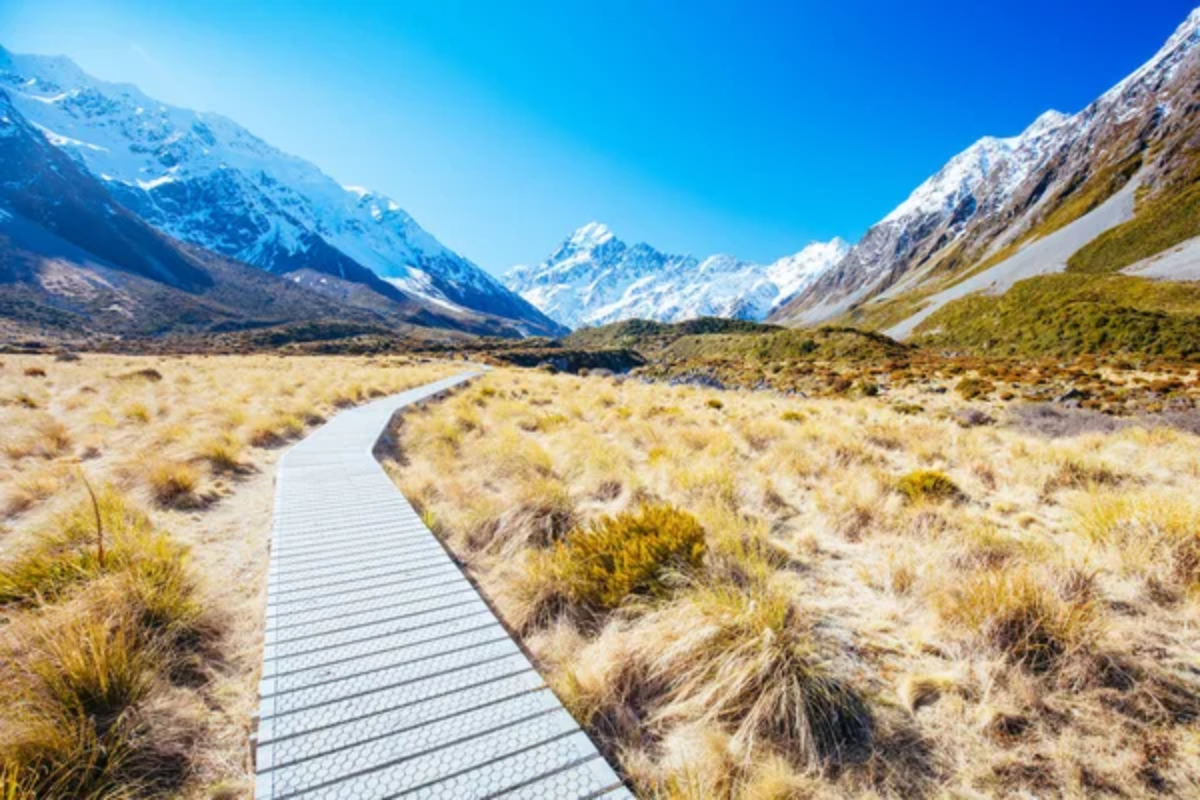
While the Hooker Valley Track itself is popular, arriving before dawn transforms the experience entirely. The three-mile trail becomes a solitary journey through glacier valleys as the first light paints Aoraki/Mount Cook in golden hues.
Early risers are rewarded with the surreal experience of having one of New Zealand’s most spectacular landscapes completely to themselves, if only for a brief, magical window before the day visitors arrive.
Catlins Forest

The remote southeastern corner of the South Island houses wind-swept forests where ancient trees have been shaped by relentless coastal weather for centuries. The Catlins’ distance from major population centers ensures minimal visitors, particularly on the inland forest tracks, where you’ll more likely encounter native birds than people.
The dense canopy creates a hushed atmosphere where time seems to slow, perfect for deep forest bathing without distraction.
Port Craig

Accessible only via the South Coast Track, this abandoned logging settlement sits at the edge of the world, facing the wild expanse of the Southern Ocean. The 15-mile hike to reach it deters casual visitors, ensuring that those who make the effort find themselves alone amid the crumbling remnants of human ambition reclaimed by nature.
The surrounding beach stretches for miles without a footprint, offering contemplative walks along the thundering surf.
Like Travel Pug’s content? Follow us on MSN.
Kahurangi National Park Interior

New Zealand’s second-largest national park contains vast tracts of wilderness where intrepid hikers can go days without encountering others. The park’s interior features hidden valleys, alpine plateaus, and thick forests that few visitors ever penetrate.
Advanced navigation skills are essential, but the reward is experiencing landscapes that appear unchanged since ancient times, places where the modern world feels impossibly distant.
St. Bathans Blue Lake
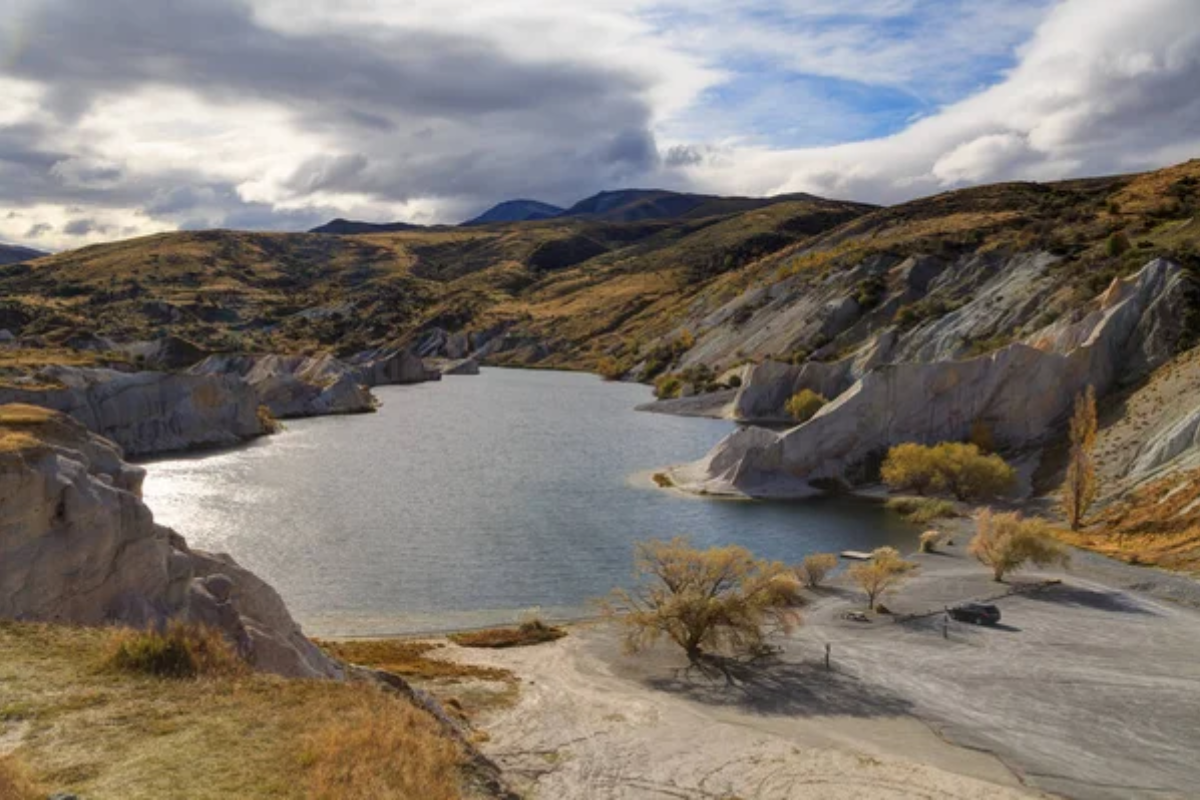
This artificial lake, created by historic gold mining operations, glows with an otherworldly azure color due to minerals in the soil. Despite its unusual beauty, its location in Central Otago’s remote backcountry means visitors remain scarce, particularly on weekdays outside of summer.
The surrounding moonscape of eroded clay cliffs creates natural alcoves where you can sit in perfect silence, contemplating the strange beauty of this human-altered landscape that nature has reclaimed.
Makarora West Forests

The dense temperate rainforests west of Makarora receive few visitors despite their proximity to Mount Aspiring National Park. Hidden waterfalls cascade through moss-covered valleys where the forest floor remains untouched by human footprints for months.
The overwhelming greenness creates a cocoon-like feeling of separation from the outside world, heightened by the constant, gentle soundtrack of raindrops filtering through multiple canopy layers.
Like Travel Pug’s content? Follow us on MSN.
Enderby Island

Despite being far south of the mainland, Enderby Island is part of the Auckland Islands group and requires special permits and considerable planning to visit. Those who journey there find themselves in one of the most pristine sub-antarctic environments on earth, where mega herbs grow to enormous proportions and endemic bird species show no fear of humans.
The island’s circumference can be walked in a day, offering constantly changing vistas where you’ll share the landscape only with sea lions and yellow-eyed penguins.
Skippers Canyon Back Road
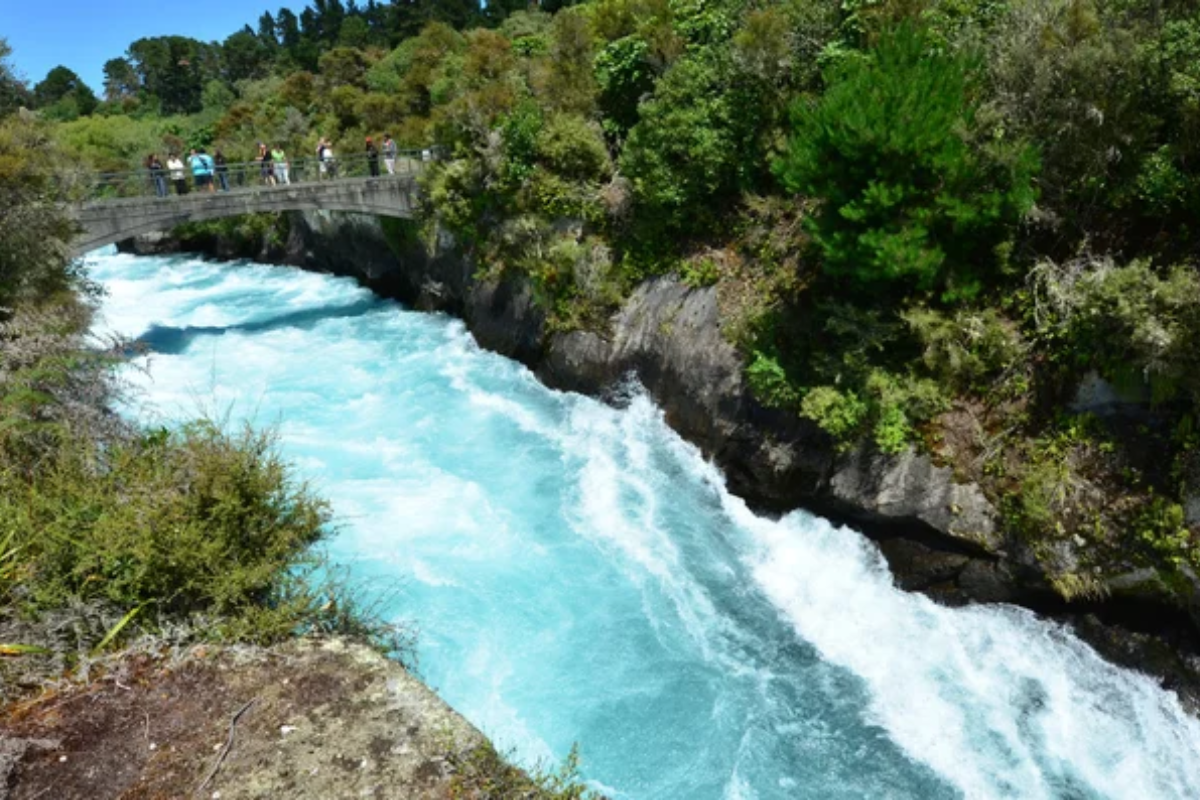
Beyond the well-known Skippers Canyon, a network of decaying back roads from the gold mining era that few tourists ever explore. These rough tracks wind through high-country landscapes, where schist outcrops create natural sculpture gardens against a backdrop of distant snow-capped peaks.
The roads often dead-end at abandoned mining sites, perfect spots for solitary contemplation of human impermanence against geological time.
Haast Pass Forest Walks

While Haast Pass is a major highway connecting the west and east coasts, the ancient forests flanking it remain largely unexplored. Short trails penetrate just enough to escape the distant sound of occasional traffic, leading to secluded stream valleys where native birds flit through dappled sunlight.
These pockets of wilderness provide accessible solitude without requiring multi-day commitments, perfect for stolen moments of tranquility.
Like Travel Pug’s content? Follow us on MSN.
Mavora Lakes
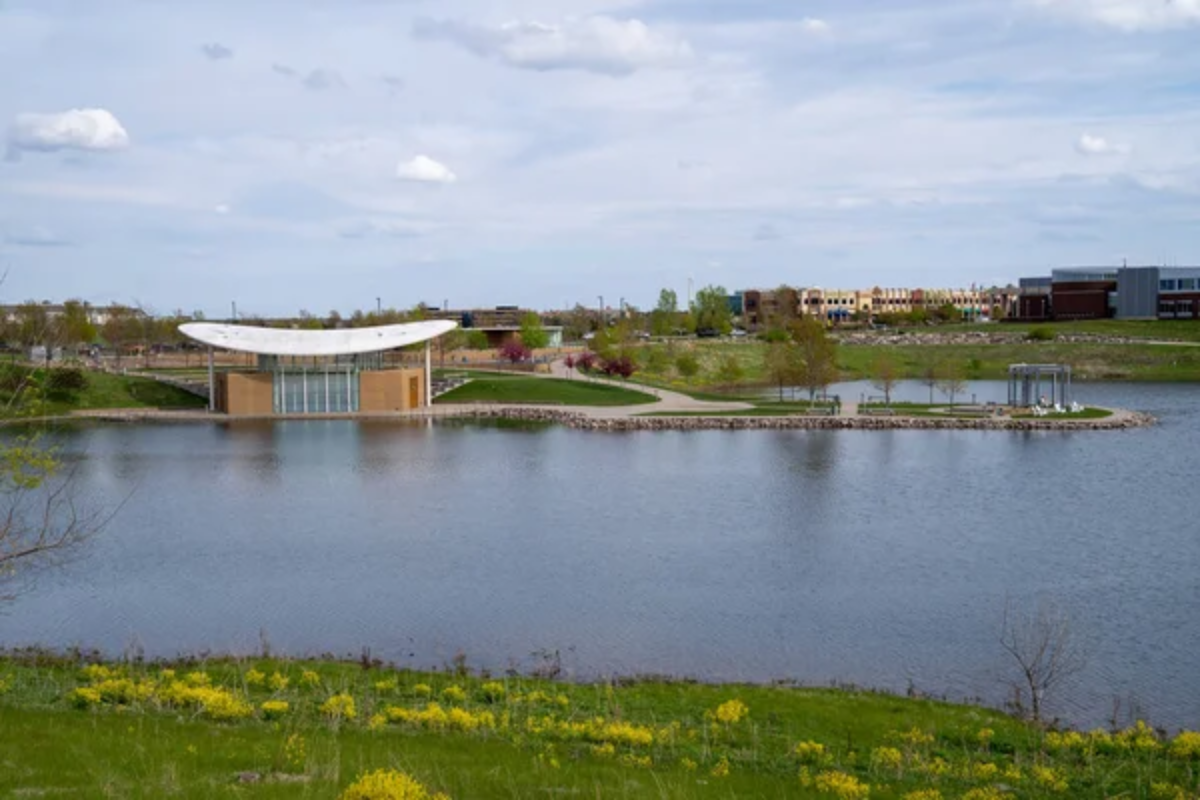
The Mavora Lakes briefly became famous for their appearance in The Lord of the Rings, but they have since returned to their natural state of splendid isolation. The twin lakes sit in a golden tussock valley framed by mountains, creating a timeless and untouched landscape. The northern lake offers numerous hidden bays where you can camp.
No sign of humanity is visible in any direction, and the silence is broken only by the gentle lapping of water against the shore.
Waipapa Point
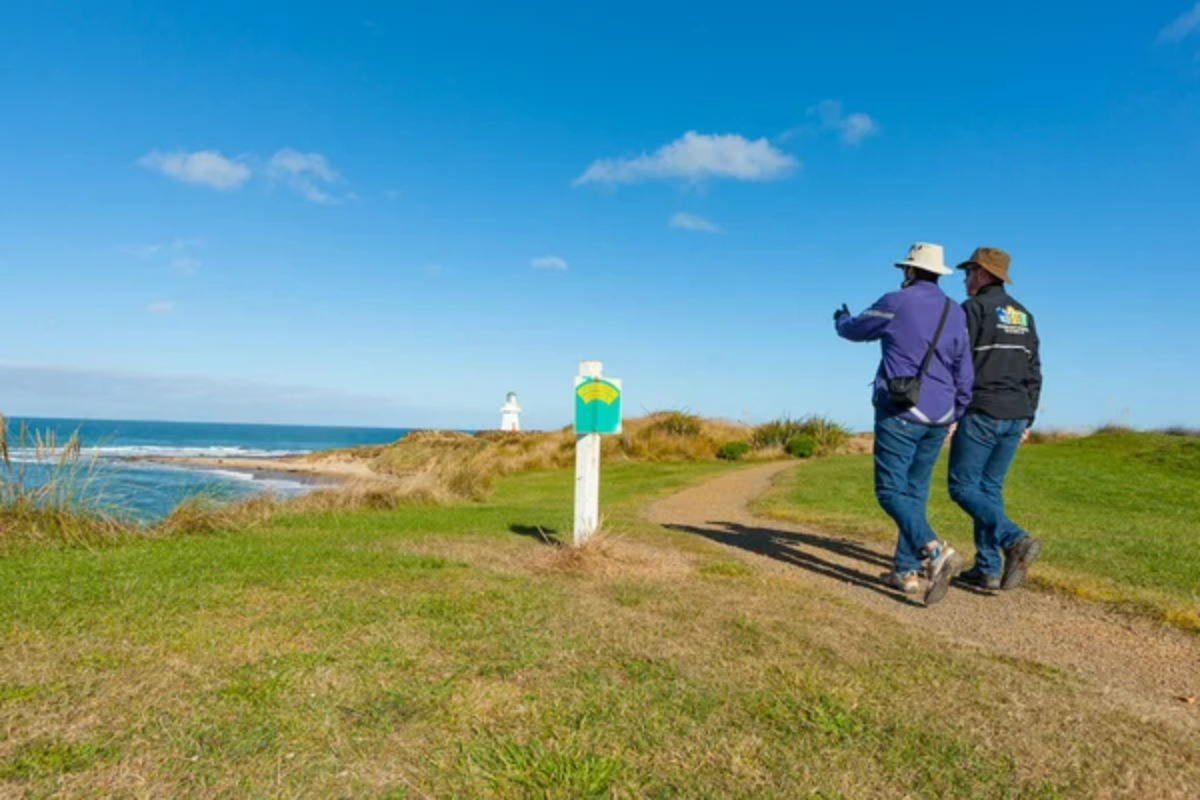
The southernmost lighthouse on mainland New Zealand stands sentinel over a windswept coastline where human visitors are rare. The point marks the site of New Zealand’s worst civilian maritime disaster, lending the landscape a solemn atmosphere enhanced by its wild, untamed character.
Winter visits all but guarantee solitude as fierce winds sweep across the headland, creating a meditative experience of elemental power rarely felt in more sheltered environments.
Denniston Plateau

This former coal mining area sits high above the West Coast, often shrouded in mist, creating an eerie, otherworldly atmosphere. The plateau’s harsh climate and remote location ensure that few visitors venture beyond the main historic site, leaving the extensive network of old mining tracks virtually deserted.
Walking among the weathered remnants of industrial infrastructure being reclaimed by nature offers a uniquely contemplative experience in a landscape that feels suspended between past and present.
Like Travel Pug’s content? Follow us on MSN.
Stewart Island’s North Coast
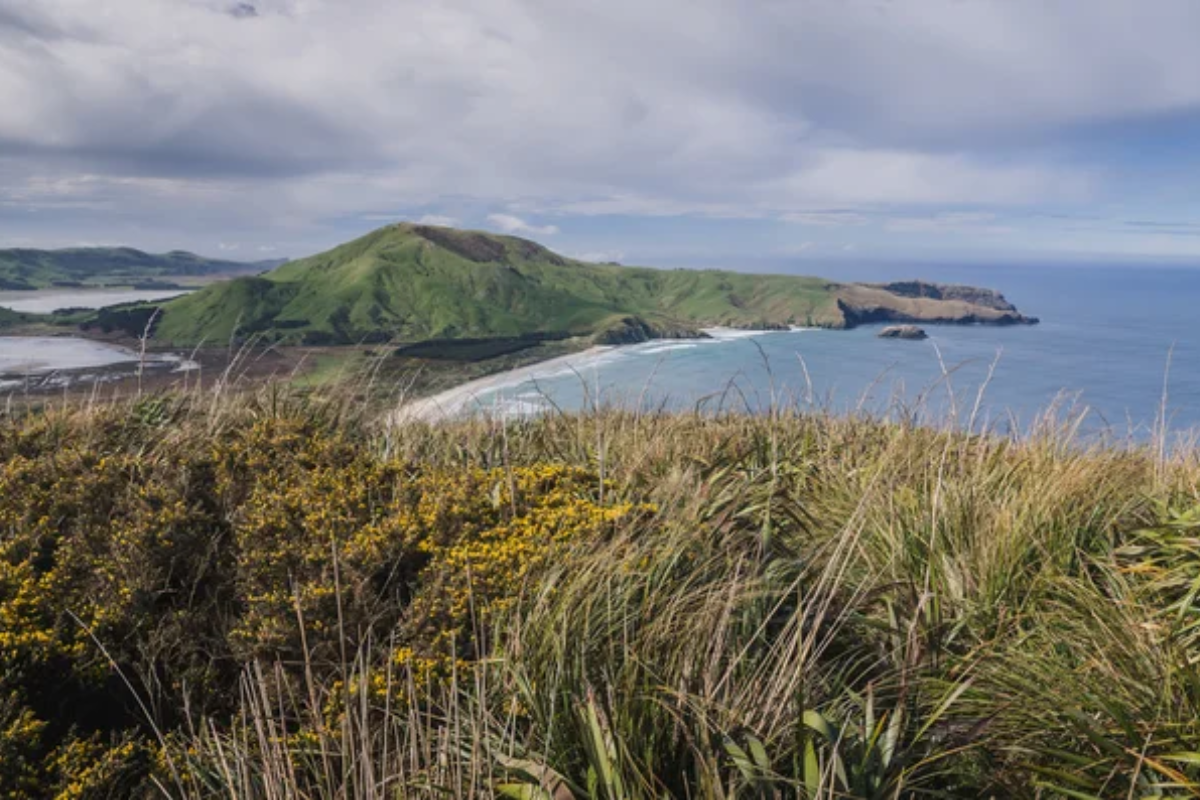
While Rakiura/Stewart Island’s famous Rakiura Track sees regular traffic, the island’s northern coastline remains one of New Zealand’s last truly wild frontiers. Multi-day hiking with careful tide planning allows access to beaches where your footprints will likely be the first in months.
The dense forest meets the sea with no transitional zone, creating a primeval landscape where kiwi birds might emerge at dusk, unaccustomed to human presence in their isolated kingdom.
Secretary Island
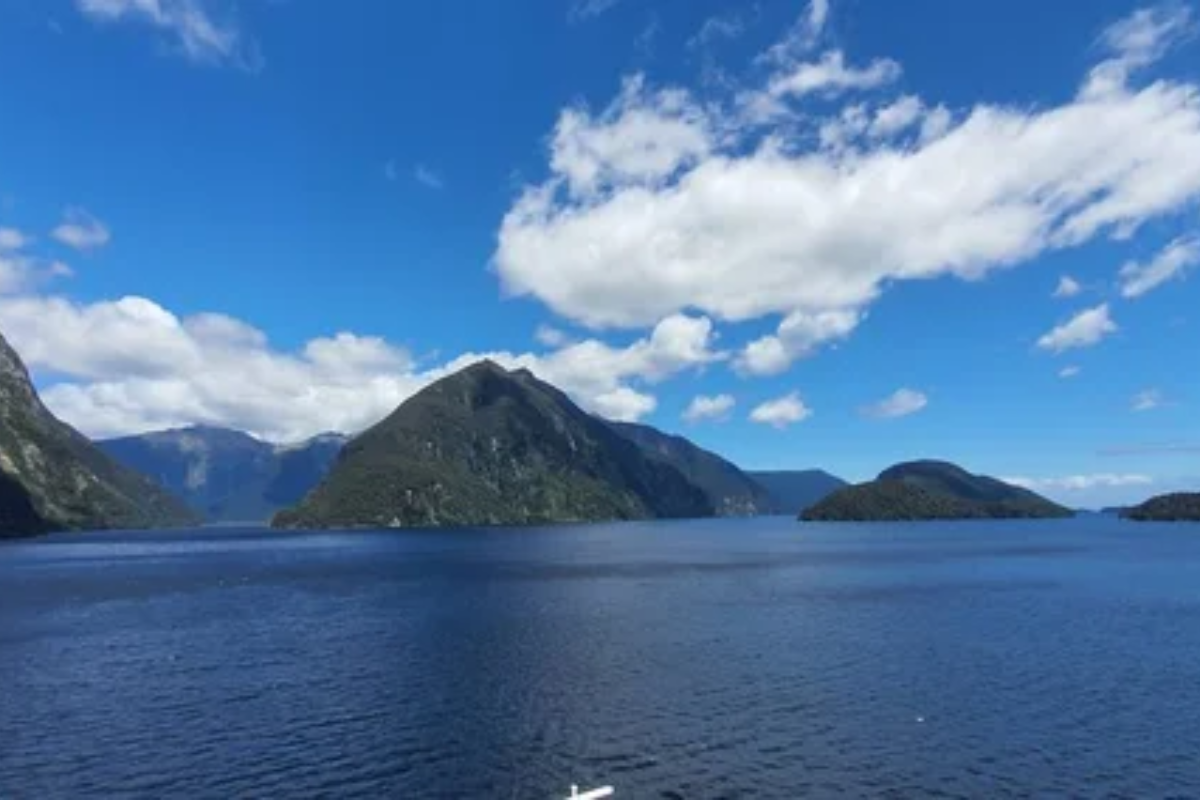
This steep, fortress-like island in Doubtful Sound is accessible only by private boat or kayak, and there are no established landing facilities. Successful predator eradication has transformed the island into a sanctuary for native species, but human visitors remain extremely rare.
The challenging terrain and dense vegetation create a genuine wilderness experience just miles from civilization, a reminder of how New Zealand appeared before human arrival.
Gillespie Pass Circuit

This challenging alpine crossing combines the Young and Wilkin Valleys with spectacular high-country traverses that see a fraction of the traffic on more famous tracks. The circuit requires river crossings and exposed alpine travel, naturally limiting visitor numbers, especially outside peak summer.
The reward is experiencing pristine mountain environments where chamois may be your only companions as you cross through landscapes that epitomize the raw, untamed character of the Southern Alps.
Like Travel Pug’s content? Follow us on MSN.
Tin Range

The formidable spine of mountains running through Stewart Island’s interior represents one of the last places in New Zealand without formal tracks or infrastructure. Navigation relies on a map, compass, and backcountry experience, creating a genuine wilderness adventure for those with appropriate skills.
The landscape’s remoteness is absolute – these peaks rarely see human visitors, offering a profound sense of solitude that’s increasingly difficult to find in our connected world.
Cameron Mountains
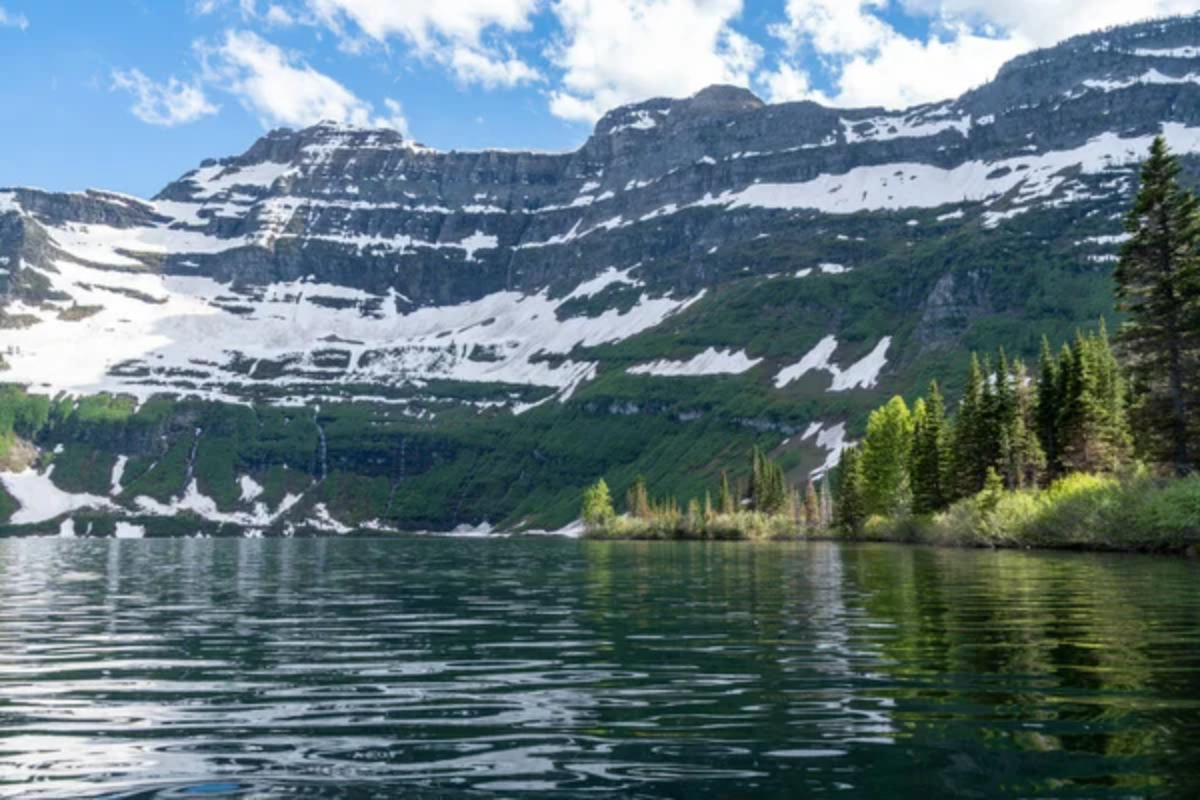
The mountains northwest of Lake Wanaka contain vast tracts of untracked wilderness where experienced backcountry travelers can design custom multi-day adventures. These mountains require sound navigation skills and full self-sufficiency, and they offer the chance to plot routes no one has followed.
The sense of exploration is genuine, as each ridge reveals new vistas untouched by trails or signposts, creating an experience of discovery rarely possible in the 21st century.
Avoca Valley

Hidden in the heart of the Craigieburn Range, the Avoca Valley remains overshadowed by more accessible destinations despite its spectacular alpine scenery. The challenging approach through unmarked terrain ensures you rarely encounter others, even during peak hiking seasons.
Ancient beech forests give way to expansive tussock basins surrounded by jagged peaks, creating natural amphitheaters where the sound of mountain wind becomes a meditative companion on solo expeditions.
Like Travel Pug’s content? Follow us on MSN.
Wilderness Restored
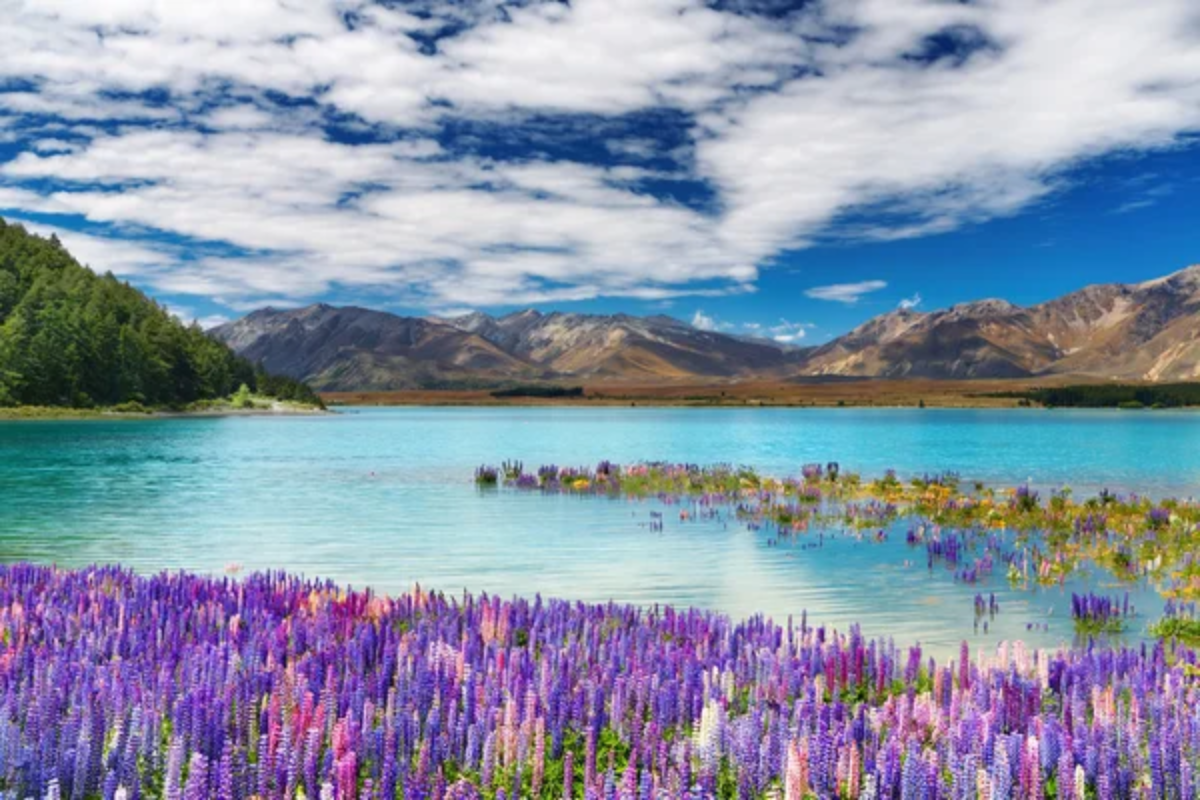
The South Island’s remote corners offer more than physical isolation—they provide increasingly rare opportunities for psychological distance from the constant demands of modern life. These landscapes have existed for centuries, indifferent to human timelines and urgencies, offering a perspective that’s difficult to find elsewhere.
In a world where connectivity has become nearly inescapable, these pockets of true wilderness serve as essential reminders of our place within much larger natural systems. They preserve ecological values and the vital human experience of standing alone within nature’s vast embrace.
More from Travel Pug

- Cities Growing so Fast You Won’t Recognize Them in 10 Years
- 13 Destinations Where Tourists Regularly Regret Their Trip
- 20 Obscure WWII Sites Even History Buffs Don’t Know About
- 10 Under-the-Radar Mountain Towns That Are Both Affordable and Beautiful
- Remote Villages in Europe Where You Can Live for Free in Exchange for Work
Like Travel Pug’s content? Follow us on MSN.
